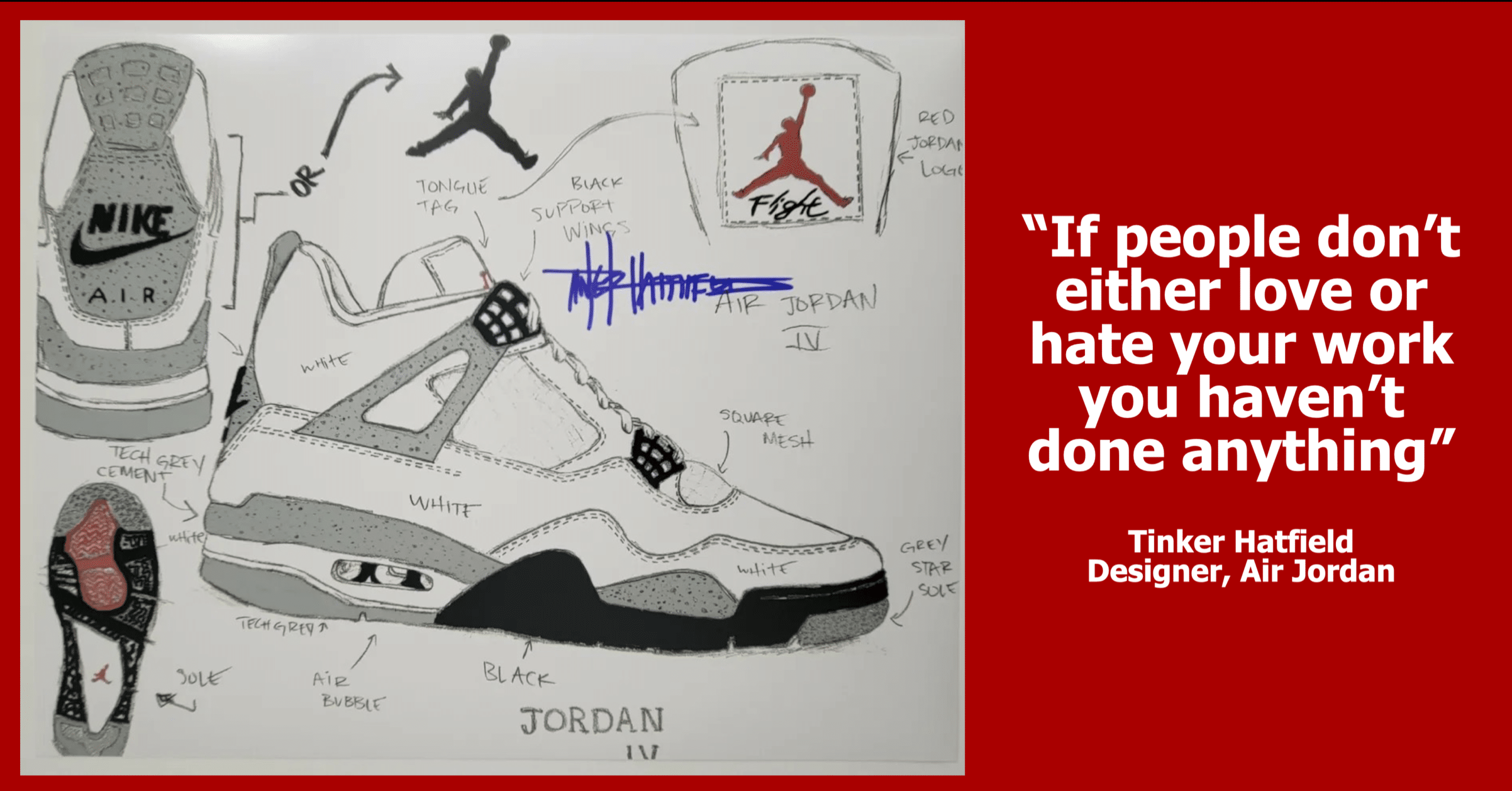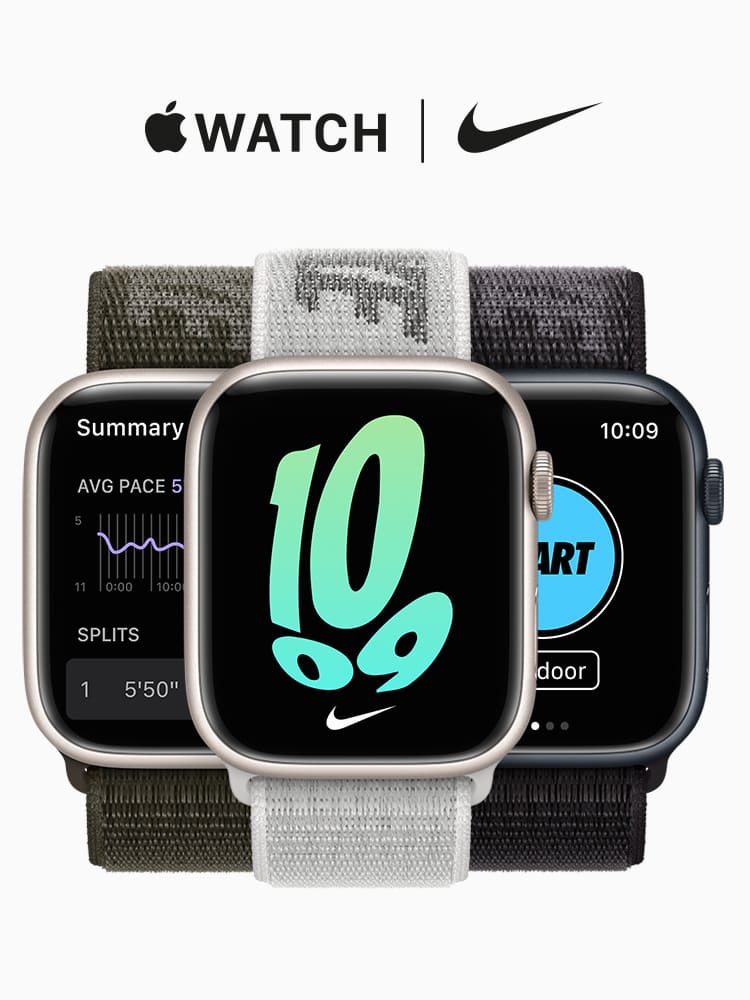
Key Takeways
- Strategic brand management drives long-term growth. It goes beyond day-to-day branding tasks to define your brand’s vision, positioning, and role in supporting overall business objectives.
- Delivering a unified experience across all touchpoints, from social media to in-store interactions, strengthens brand recognition and reinforces credibility.
- Brand asset management platforms, such as BrandLife, organize assets, enforce guidelines, and enable seamless collaboration, reducing errors and keeping teams aligned.
- A strong brand strategy creates measurable value. By investing in brand equity and proactive planning, businesses can enhance customer loyalty, pricing power, and overall market competitiveness.
In a crowded marketplace, your brand is more than just a logo or tagline. It’s the sum of every interaction people have with your business.
Strategic brand management ensures that every touchpoint works toward a bigger picture: building a brand that stands out, resonates with your audience, and drives long-term business growth.
While day-to-day brand tasks like approving social media posts or updating design templates are essential for maintaining consistency, strategic brand management takes a step back.
It asks: Where do we want the brand to be in 3–5 years? How can our brand support our business objectives? And most importantly, how do we get there?
This article will explore the key concepts of strategic brand management, its significance, and how brand asset management (BAM) tools, such as BrandLife, can help organizations streamline the process. Let’s dive in.
What Is Strategic Brand Management?
That’s why it differs significantly from day-to-day brand management.
- Day-to-day brand management: Managing current campaigns, maintaining brand assets, and monitoring brand guidelines to ensure your visual identity and messaging remain consistent.
- Strategic brand management: Shaping the future of the brand, ensuring it stays competitive, relevant, and aligned with company growth plans.
Strategic brand management involves long-term planning, cross-functional decision-making, and anticipating market shifts. It requires collaboration between leadership, marketing, product, and customer experience teams.
The connection between brand and business strategy
Your brand is one of your most valuable business assets. A strong brand strategy supports pricing power, customer loyalty, and market expansion.
By integrating brand planning into overall business strategy, organizations can move from reactive marketing to proactive growth.
Why Is Strategic Brand Management Important?
Effective brand management brings numerous benefits that directly impact a company’s bottom line. Here are some key reasons why strategic brand management is critical for business success:
1. Building brand equity
Brand equity is the intrinsic value your brand holds—its reputation, associations, recognition, and trustworthiness. Brands with high equity command price premiums and loyal customer bases.
Research in marketing supports the notion that strategic brand investment leads to stronger performance.
Coca-Cola, valued at $35 billion with an AAA+ brand strength rating, exemplifies how sustained, strategic brand investment drives trust, reach, and long-term performance.
2. Strengthening customer trust and recognition
Consistent branding reinforces credibility, making customers more likely to choose and stay with your brand. Research shows that 81% of consumers need to trust a brand before making a purchase decision.
Furthermore, maintaining a consistent brand presentation across all channels can increase revenue by up to 20%, according to LucidPress – The State of Brand Consistency Report (2021).
3. Ensuring consistent experiences
One of the biggest challenges brands face is delivering a consistent experience across every touchpoint—whether it’s online, in-store, or through customer service.
Strategic brand management ensures customers encounter the same brand voice, visuals, and values every time, reinforcing trust and loyalty.
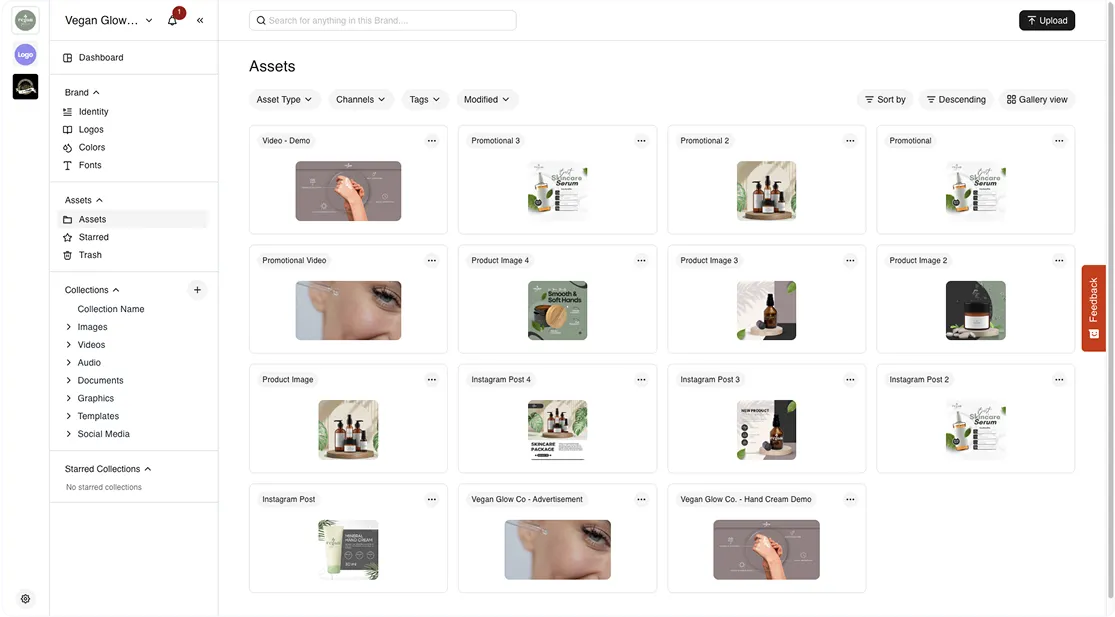
BrandLife solves this challenge by providing a centralized hub for all brand assets, guidelines, and campaigns. This makes it seamless to maintain consistency across channels. The results speak for themselves: after adopting BrandLife, the ABARA Marketing Group cut brand inconsistencies by 30% in just a few months.
This saved time, streamlined workflows, and ensured every channel presented a cohesive, professional image.
4. Aligning teams and stakeholders
A clear strategy and tools like a centralized digital asset management (DAM) system keep marketing, sales, creative services, and leadership working from a single source of truth. That clarity reduces misalignment and ensures efficiency.

For instance, BrandLife’s role-based permissions and real-time asset updates ensure everyone accesses the most accurate, on-brand materials.
5. Driving long-term growth and value
Strategic brand management does more than build awareness—it creates lasting value. Globally, 79% of intangible asset value sits off the balance sheet, underscoring how brand equity and customer relationships significantly influence a company’s overall worth.
When you manage your brand strategically, you’re doing more than simply shaping customer perceptions. You are also strengthening one of the most valuable assets your business can own.
Strategic Brand Management Process
The strategic brand management process is a continuous cycle that involves laying a strong foundation, ensuring consistency, and adapting to market shifts. Done right, it turns your brand into a competitive growth engine.
Here’s how to approach brand management strategies step-by-step:
1. Establish the brand foundation

Every strong brand begins with clarity. Defining your values, mission, and vision gives your brand a compass. It tells your team what you stand for, why you exist, and where you’re going. Without this clarity, even the best campaigns risk feeling disjointed.
With BrandLife, these fundamentals are stored in a centralized Brand Guidelines hub, so every team member—whether in marketing, sales, or operations—works from the same playbook.
2. Craft distinct brand positioning
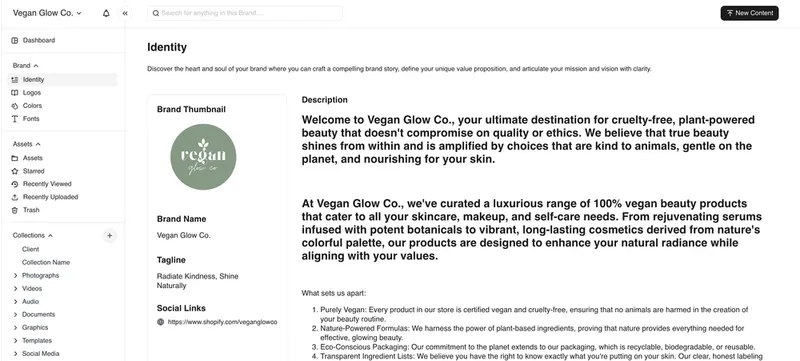
Your positioning is how you want to be perceived in the market and why customers should choose you over competitors. It’s what ensures you’re not just another option but the obvious choice.
This requires market insight, competitor analysis, and a clear unique value proposition (UVP) that can be communicated in simple, compelling language.
With BrandLife, you can document your positioning in a customizable template and reuse it across future campaigns. This ensures you communicate the same core messages consistently across all touchpoints.
3. Enforce brand consistency & governance
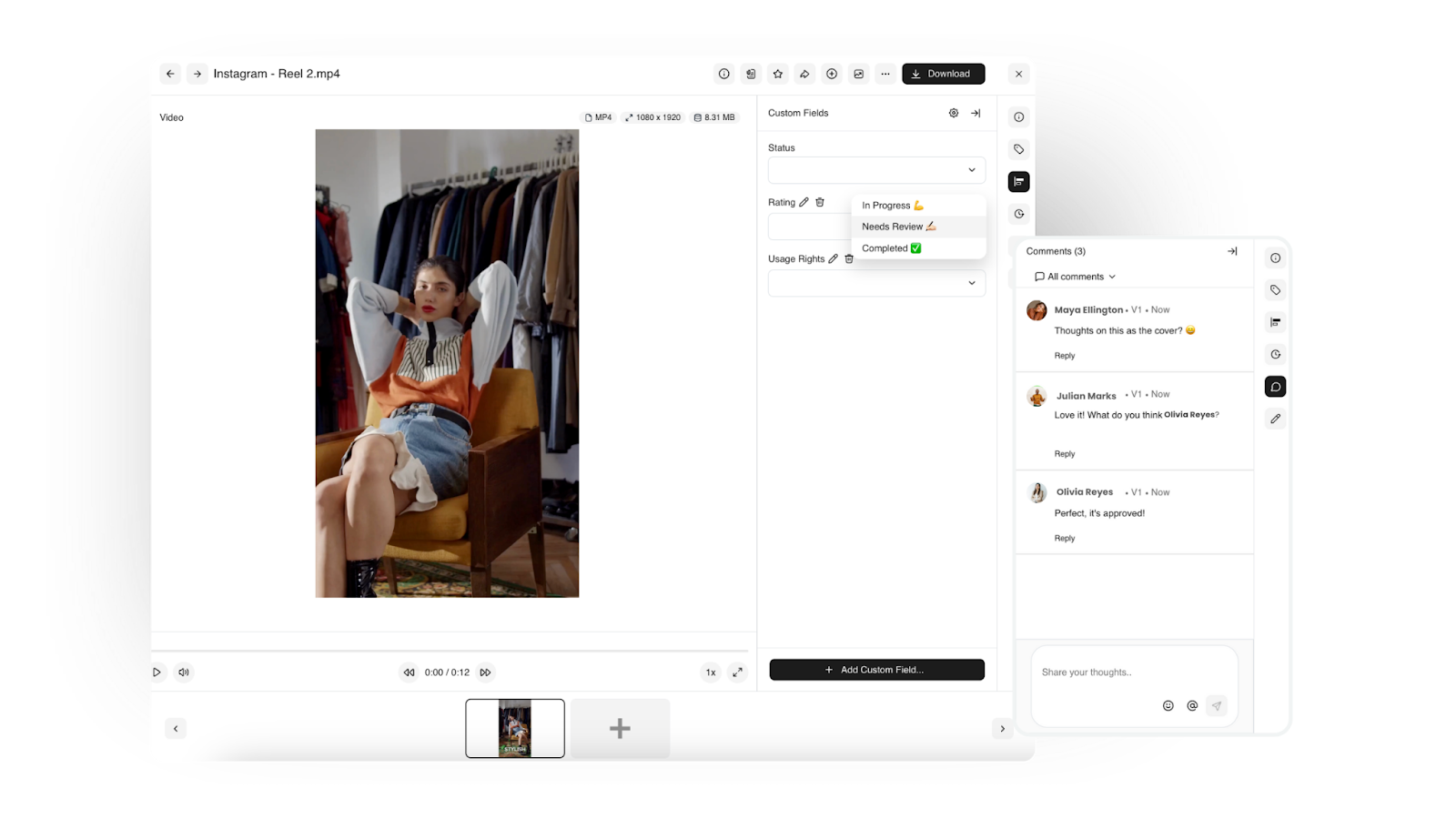
Consistency is more than an aesthetic choice; it builds familiarity and trust. When your logo, tone, and messaging are uniform across touchpoints, customers feel they know you.
Governance ensures those standards aren’t just written down but followed.
BrandLife’s digital asset management solution keeps all approved logos, imagery, and templates in one place—paired with an automated workflow process for approval to keep compliance in check.
This prevents costly missteps and ensures every channel projects a unified identity.
4. Plan and execute cohesive marketing

A brand’s strength shows in how it communicates. From ad campaigns to social media, every piece of content should reflect the same voice, values, and positioning. Strategic planning ensures your marketing is proactive, not reactive.
BrandLife unites creative assets, timelines, and approvals in a single platform. For example, it integrates with messaging platforms like Slack, enabling all communication to happen within the platform.
This reduces back-and-forth, avoids missed deadlines, and keeps campaigns on message and on time.
5. Measure, learn, and evolve

Brand management isn’t static. Consumer preferences shift, competitors adapt, and market trends emerge. Tracking KPIs like brand awareness, preference, and equity scores tells you if your strategy is working, and where to pivot.
BrandLife’s analytics dashboard tracks asset performance and engagement in real time, while historical data comparisons reveal how your brand perception changes over time. This data-driven feedback loop ensures your brand stays relevant without losing its core identity.
Types of Brand Management Strategies (With Examples)
There are several types of brand management strategies that businesses can adopt, depending on their goals and industry:
Corporate branding
Corporate branding focuses on shaping the entire organization’s reputation as a trusted entity, beyond individual products.
Product branding
Product branding focuses on creating a unique identity for individual products or product lines. This strategy is used by companies that offer multiple products with distinct identities.
Personal branding
Personal branding involves building a brand around an individual. This is often used by influencers, entrepreneurs, and public figures who want to create a personal connection with their audience.
Co-branding and brand extension
Co-branding involves partnering with another brand to create a joint offering, while brand extension involves using an existing brand to launch a new product or service. Both strategies help leverage brand equity and expand a brand’s reach.
Global vs. local brand strategy
Companies operating in multiple markets must decide whether to use a global brand strategy or adapt their branding to suit local preferences. A global strategy maintains a consistent brand identity worldwide, while a local strategy customizes the brand to fit regional tastes and cultures.
Emerging Trends in Brand Management
Brand management is constantly evolving, and businesses need to stay ahead of trends to maintain a competitive edge. Some emerging trends in brand management include:
Digital-first brand management
As more businesses go digital, global e-commerce sales are projected to reach $8.1 trillion by 2026. Brand management must adapt to an online-first world.
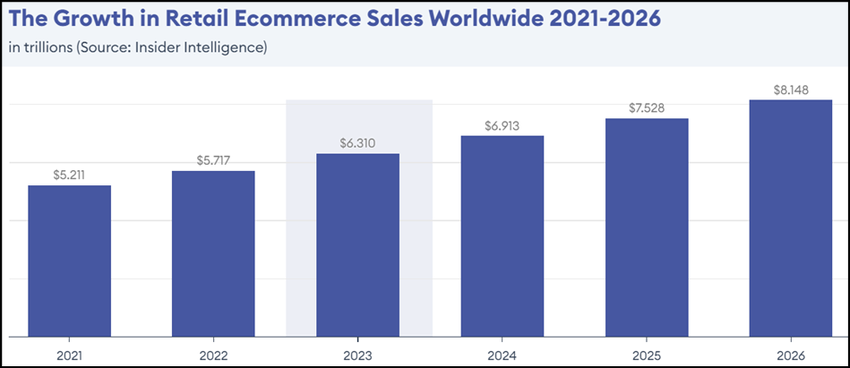
Digital-first branding involves prioritizing online channels and creating seamless experiences across websites, social media, and digital marketing campaigns.
Personalization at scale
With the rise of data analytics and AI, brands can now personalize their messaging and experiences at scale. One inspiring example comes from IL Makiage, a digitally-native beauty brand that utilizes its AI-powered PowerMatch algorithm to match customers with the exact complexion products they need.
This level of customization goes beyond guesswork and transforms product discovery into a truly personal experience.
Platforms like BrandLife ensure that the right creative assets are organized, accessible, and ready to plug into these personalized campaigns.
Influencer and community-led branding
Influencer marketing and community-led branding are becoming increasingly important, with the global influencer market valued at over $21 billion in 2023. Brands harness influencers and communities to forge authentic bonds and amplify trust.
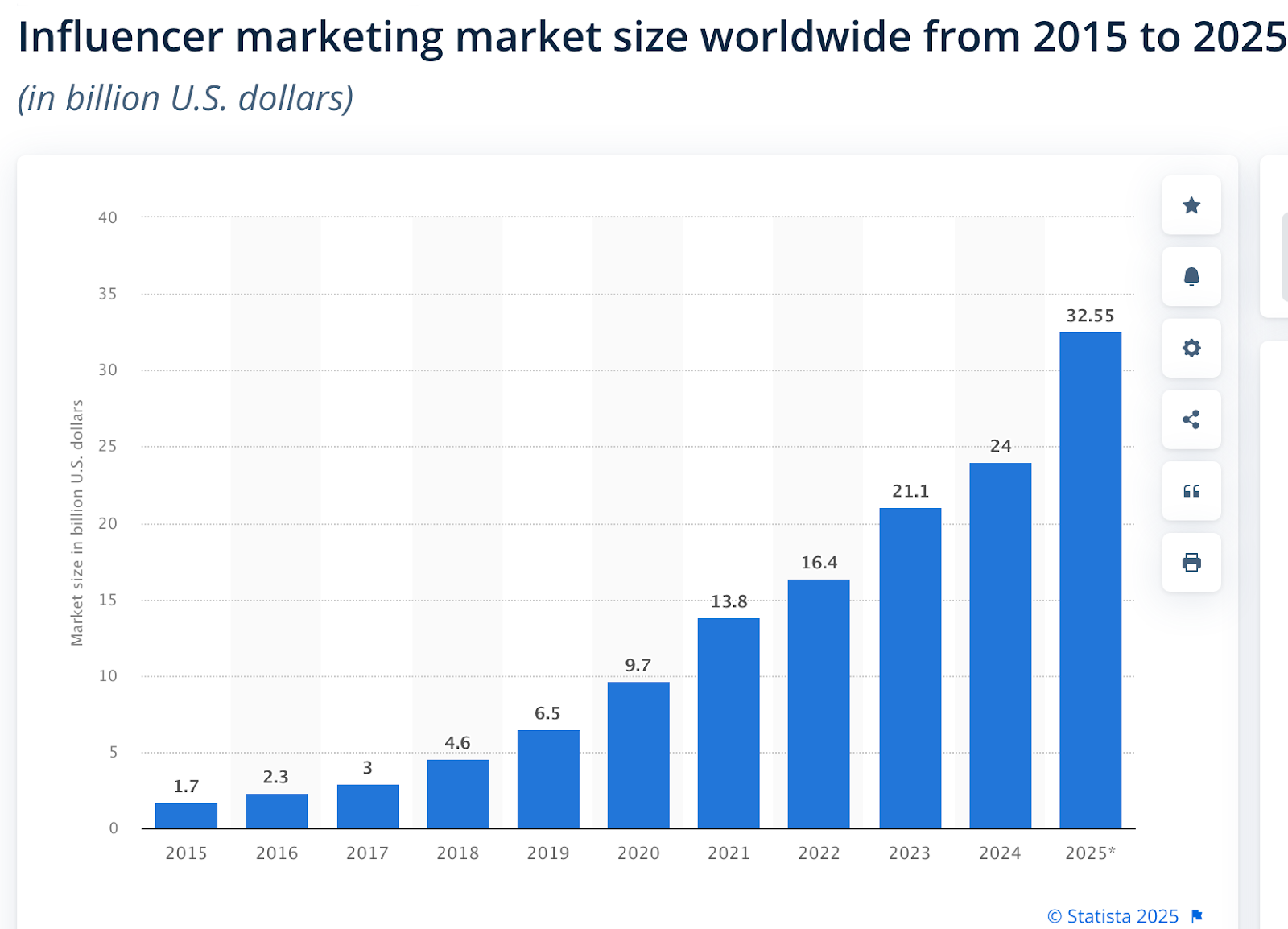
Nuuds, a D2C basics clothing brand founded by influencer Daryl-Ann Denner, harnesses community feedback and relatable storytelling to grow. Its first launch sold out in just seven minutes, and today it maintains a 75% return-customer rate—all driven by the trust and loyalty of its influencer-built community.
Sustainability and brand ethics
Consumers are placing more importance on sustainability and ethical practices.
Brands that align with these values and demonstrate a commitment to social responsibility can build stronger connections with their audience.
Allbirds, the sustainable footwear D2C brand, has earned recognition for delivering both comfort and environmental responsibility. It uses materials like merino wool and eucalyptus fiber, incorporates soles made from renewable sugarcane, and is a certified B Corporation.
This commitment not only supports the brand’s reputation but resonates deeply with eco-aware consumers, contributing to Allbirds' growth and valuation of $1.4 billion.
AI and brand automation tools
AI-powered tools are transforming brand management by automating tasks such as content creation, asset tagging, and customer engagement.
BrandLife’s AI features help teams maintain consistency while improving efficiency, giving them more time to focus on creative strategy.
Take Control of Your Brand’s Future with BrandLife
Strategic brand management turns your brand into a powerful asset that drives growth, consistency, and lasting value. With a centralized hub, you can manage assets, enforce brand consistency, and equip your teams with the tools to execute campaigns aligned with your vision.
Whether you’re managing a single brand or a global portfolio, BrandLife helps you protect, grow, and evolve your brand with confidence.
Here are some of its key features:
- Automate repetitive tasks
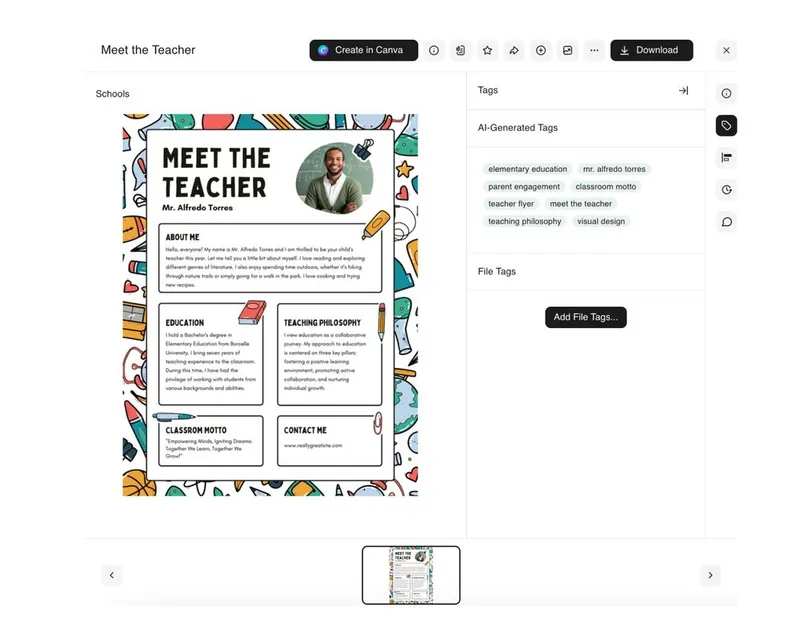
BrandLife’s AI automatically generates tags for your digital assets, instantly categorizing and organizing them. This eliminates the need for manual sorting, saving your team hours of repetitive work.
- Seamless integration with your creative tools

BrandLife connects effortlessly with popular platforms like Canva, Figma, and more—allowing you to import, edit, and export assets without breaking your creative flow. Everything stays connected in one streamlined workflow.
- A centralized hub for all your digital assets
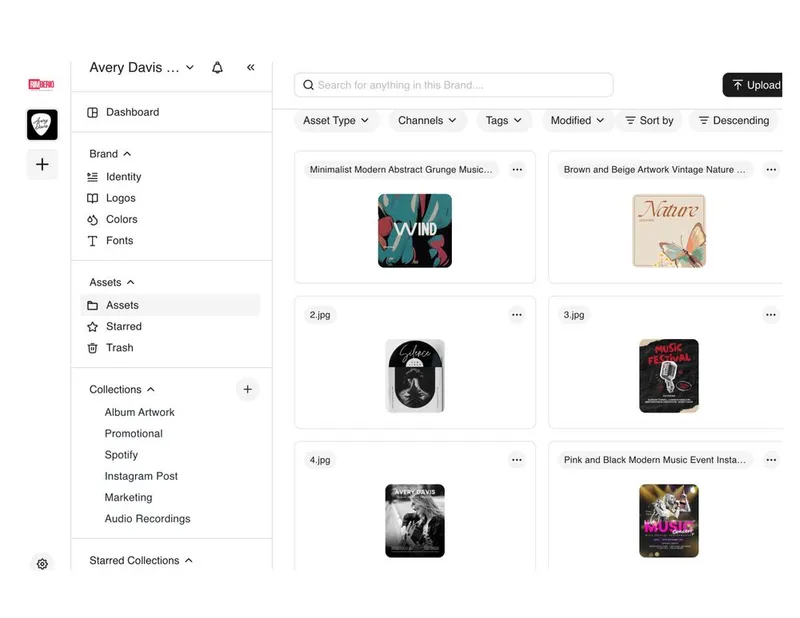
From images, videos, and brand guidelines to presentations, documents, and design templates—BrandLife keeps everything in one secure, searchable location. Your team can find, share, and reuse assets instantly, ensuring brand consistency across every channel.
Take control of your brand with BrandLife and implement proven brand management strategies for consistency and growth. Start your 14-day trial now, or sign up for the free plan for up to three users.
Frequently Asked Questions
Brand consistency builds recognition, trust, and loyalty. When visuals, tone, and messaging stay uniform across all channels, audiences are more likely to remember and engage with your brand.
Digital asset management platforms like BrandLife organize, store, and distribute brand assets in a central hub—making it easier for teams to access the right files, maintain brand guidelines, and speed up content production.
BrandLife makes it simple to manage multiple brands from one platform—keeping each brand’s assets, guidelines, and templates organized while allowing seamless collaboration across teams.




